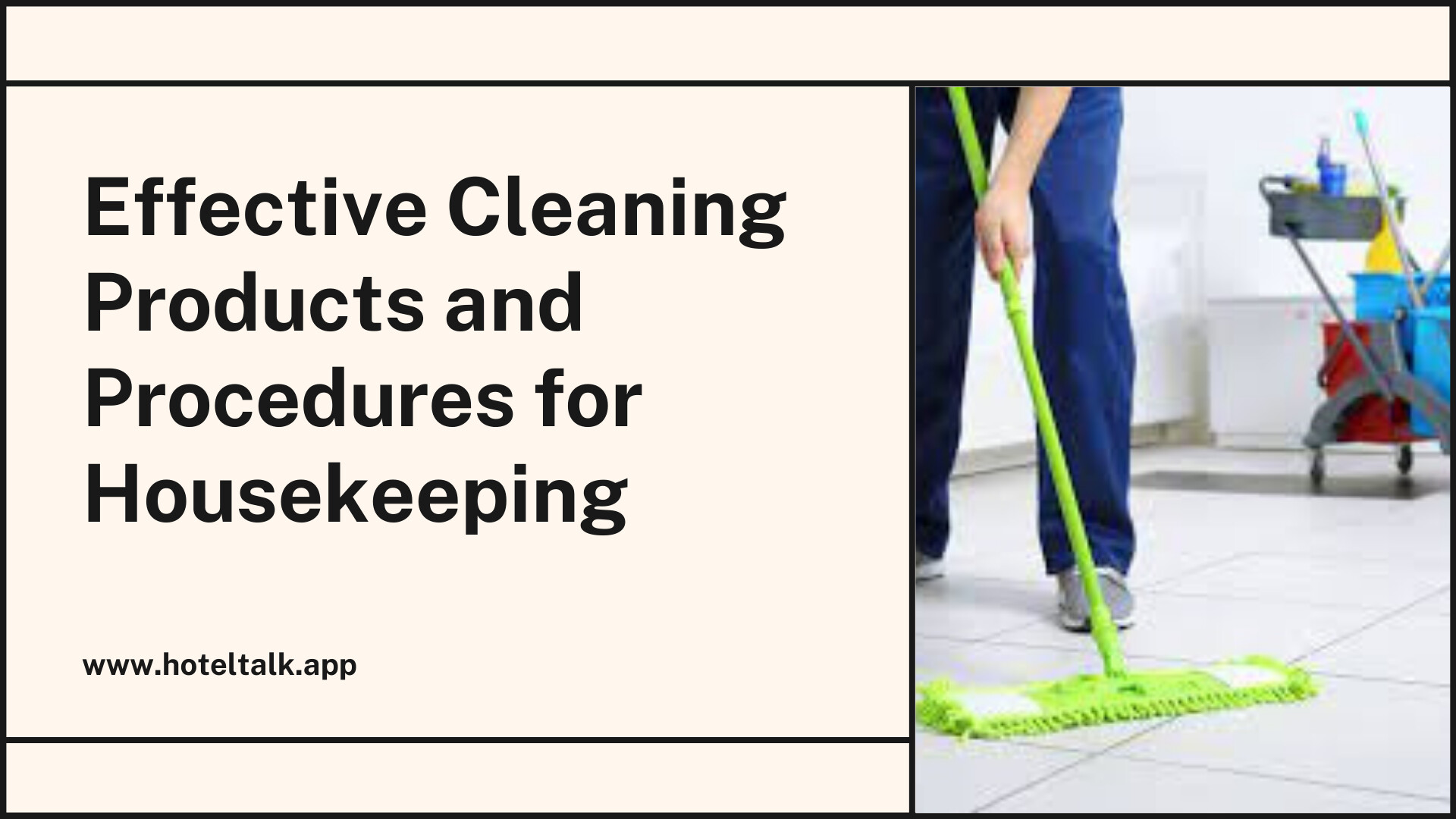Here are examples of simple, effective products that can help your customers integrate team cleaning with four basic specialists.
■ Light-Duty Specialist—Dedicated to dusting, spot-cleaning, and emptying trash Suggestions: A mobile waste collection system such as a resin molded polyethylene refuse barrel equipped with wheels and fitted with a wrap-around apron or caddy with pockets for holding spot-cleaning spray solution, dusting cloths, and poly liners of various sizes.
Application: Light-duty specialist rolls the waste collector and tools directly to the location where needed, dusts, spot-cleans, empties trash and replaces liners in fluid motions, then rolls/moves to next location.
■ Vacuum Specialist—Dedicated to vacuuming carpeting, hard floors, upholstery, other surfaces Suggestions: Lightweight backpack vacuuming system with four-stage filtration, ergonomic design and harness for distributing weight across hips, and strap-mounted attachments.
Application: Vacuum specialist works systematically throughout the facility, using a side toside six foot fanning technique with a lightweight vacuuming wand to clean carpeted and hard floor areas with minimal fatigue. Multi-tasking—performing several tasks in one trip with the same equipment—streamlines vacuuming throughout the building.
With simple tool changes, this worker can clean upholstery, carpet edges, corners, stairwells, A/C vents, etc., according to the building’s cleaning specifications. Sealed fourstage filters in one-piece backpacks capture more dust than unsealed systems, enhancing indoor air quality and reducing dusting.
■ Restroom Specialist—Dedicated to cleaning and sanitizing restroom fixtures and floors, and drinking fountains Suggestions: A restroom cart holding plastic mop bucket with fill-line markings, mop, other tools, restroom supplies, color-coded portion control packets for point-of-use mixing, color-coded spray bottles for glass cleaner, and disinfectant, etc.
Application: Restroom specialist uses pre-measured pouches of concentrate tomake additional glass cleaner, disinfectant, and mopping solution on location as needed without having to make trips to the supply closet. Color-coding of all products eliminates mistakes. Premeasured packets create ideal dilutions and facilitate pointof- use mixing, encourage prescribed mop water changes, and enable better quality monitoring and inventory control (workers return empty packets to supervisors at shift completion).
■ Utility Specialist—Dedicated to cleaning entrance glass, lobbies, other flooring, etc. Suggestions: Since the utility specialist is a ‘‘clean up hitter’’—focusing on miscellaneous tasks according to the building’s specifications— equipment is contingent on duties.
For entrance glass spot-cleaning, a plastic spray bottle containing glass cleaner, lint-free cloths, a holster or apron to hold sprayer and extra trigger/head, pre-measured glass cleaner concentrate packets for point-of-use mixing, etc. For floor cleaning, mop bucket and mop, with prescribed number of concentrate packets carried in holster or apron to facilitate solution changes without wasted trips. The utility specialist often uses a backpack vacuum for cleaning entrance areas and lobbies, a cart to carry supplies and pick up bagged refuse, depending on the scope and nature of duties.
Application: Performs various tasks throughout a facility, including glass cleaning, floor care, peripheral vacuuming, etc., and picks up trash bagged by the light-duty specialist at scheduled times for each floor, depositing it in an outside dumpster.
Equipment and Staff Comparisons between Zone and Team Cleaning Example: Eight-story office building, 12,000 square feet per floor, 96,000 total sq. ft. ZONE CLEANING: Staff of eight (one for each floor)
Required Equipment: Eight vacuums, eight trash barrels, eight restroom carts (adjusted according to building specs)
TEAM CLEANING: Staff of six specialists (two vacuumers, two light-duty task persons, one restroom person, and one utility person)
Required Equipment: Three vacuums, two trash barrels, one restroom cart, and two utility carts (adjusted according to building specs)
Important: In team cleaning programs, fewer tools are required and workers are typically assigned their own tools, which creates ownership and better care and maintenance of equipment, leading to leaner supply budgets.
With team cleaning, efficiency is also produced through a double-check system and supervision. Forgetting to empty trash, etc., is a problem eliminated by built-in cross-checks in team cleaning. For example, since the vacuum specialist follows the light-duty specialist, this person checks the trash, and empties it if missed by the first specialist.
With zone cleaning—since each floor is cleaned by a different person—a supervisor must look at each floor to determine work quality, but with team cleaning, the supervisor can spot-check two floors and two restrooms at random, and assess overall quality.
In team cleaning, since the workload and equipment are streamlined, individuals have a thorough knowledge of their functions and responsibilities. As the cleaning industry becomes more complex, it’s important to clearly define each employee’s duties. This can be achieved simply with team cleaning.
